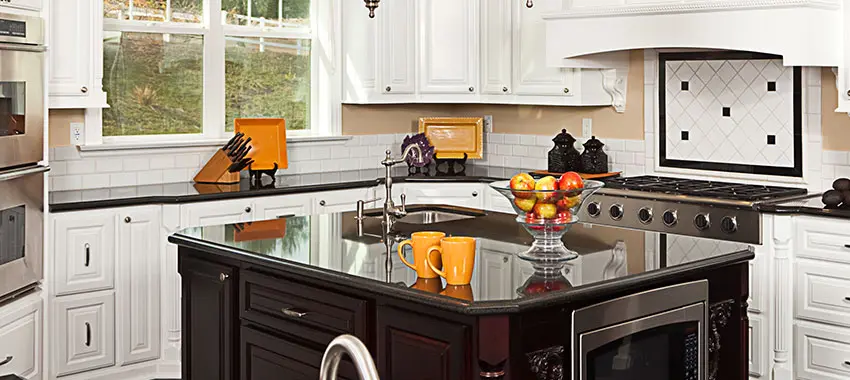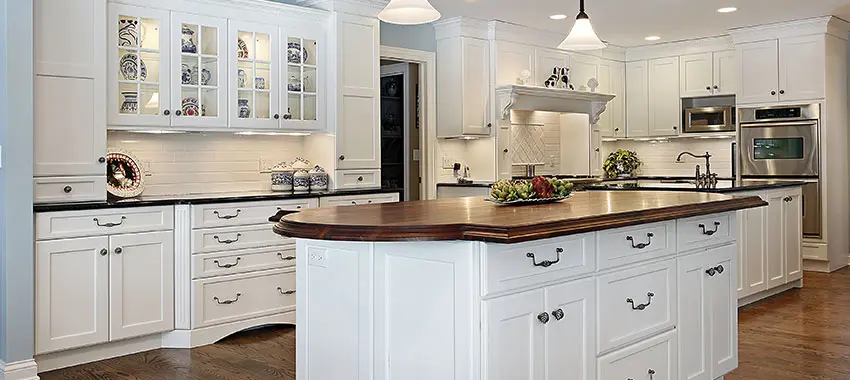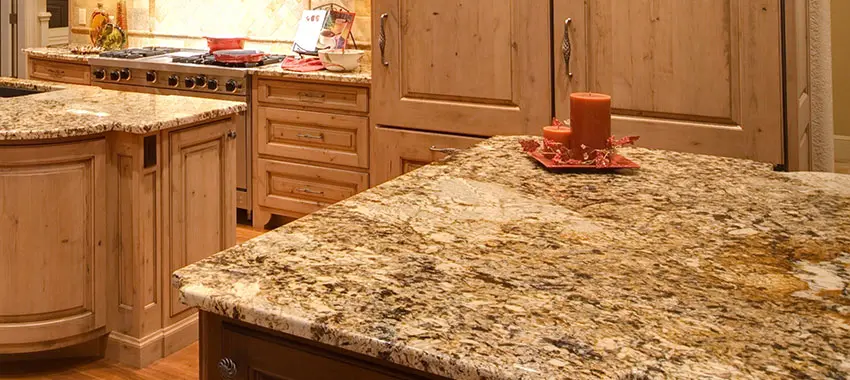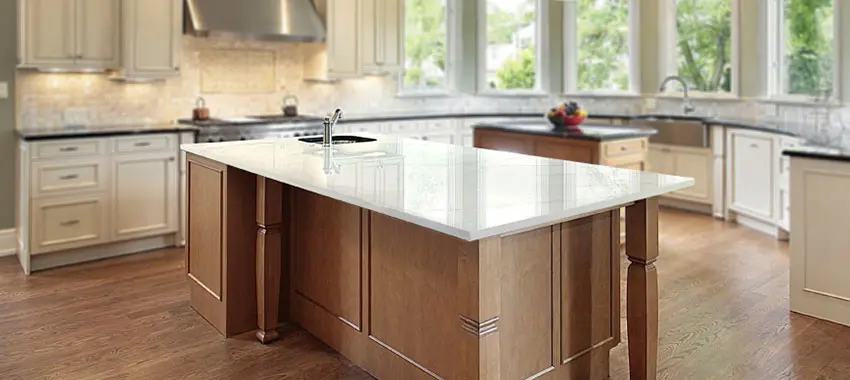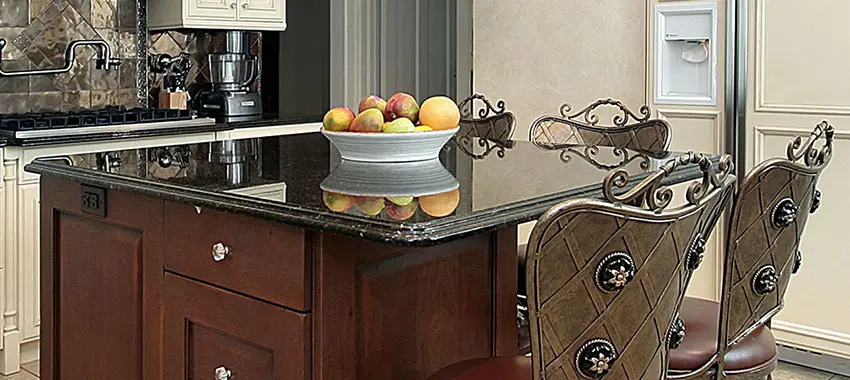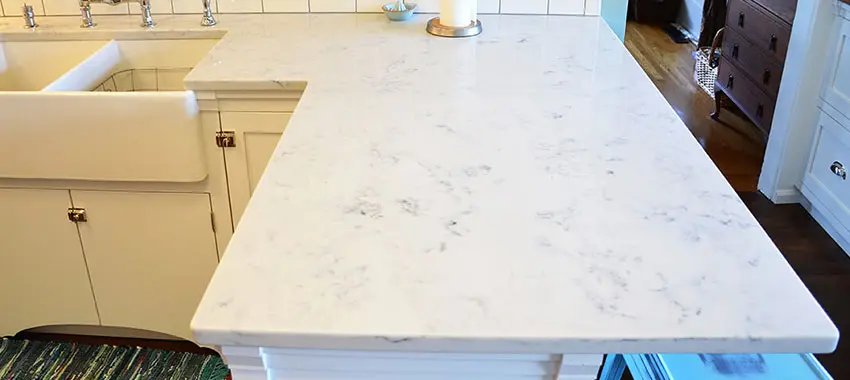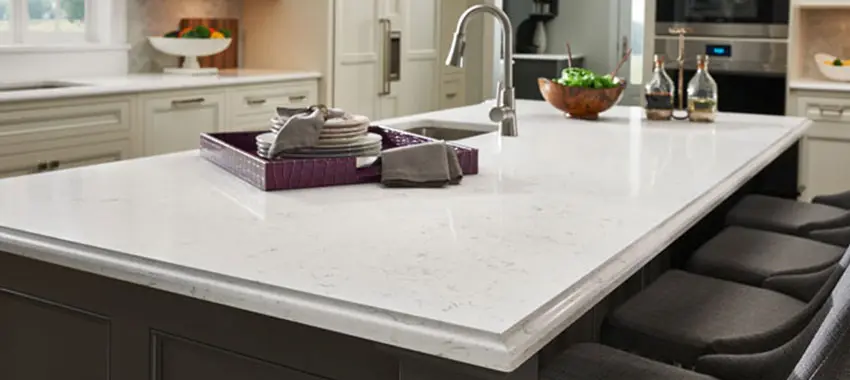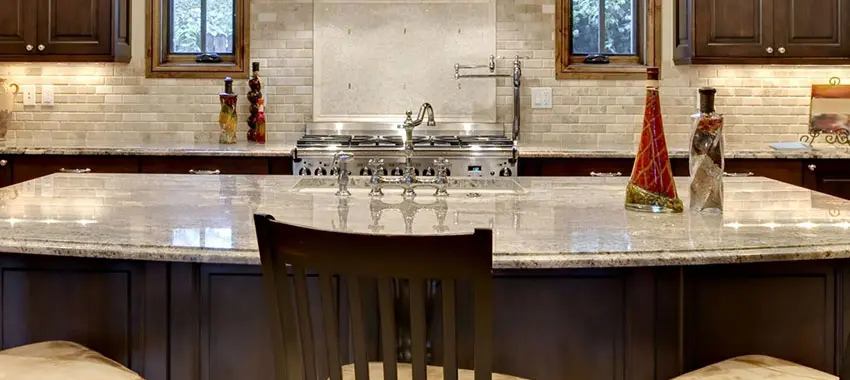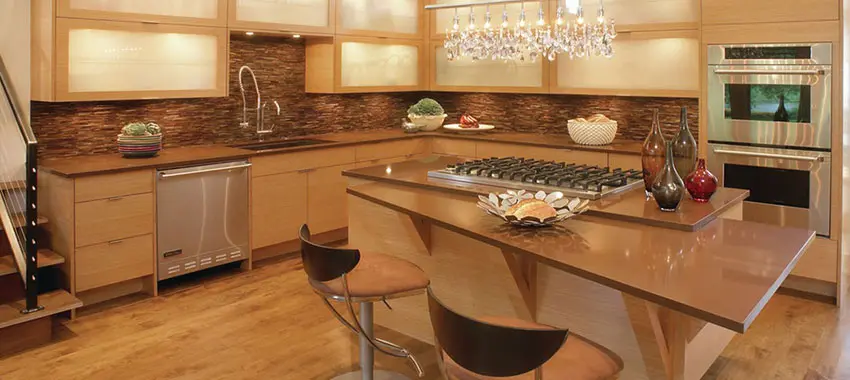Jun
Wood Vs. Quartz Countertops: Is Quartz Better?
- 2025
- FlintStoneTops
Kitchen countertops may seem like they’re no-fuss and you can just choose any material, but selecting the something that doesn’t meet your needs and requirements can surely trigger buyer’s remorse. If you’re leaning towards wood and quartz countertops, here is a comparison between these two countertop materials.
Comparing Wood And Quartz Countertops
The Material
You know the drill – you can’t decide which material is better for you if you don’t know what makes it. So, it is crucial to know the material, its composition, and everything in between.
Wood Countertops
Wood is, well, wood. It is also known as butcher block and it is a material that is sourced from the good ole trees. Trees have been the greatest source of wood since the beginning of time and over time, wood has gone through a lot of processes to make it perfect for use in the kitchen.
It is an environmentally friendly material that is a great insulator of heat and it looks really rustic, but in a good way. So, you know that it is always a winner when it comes to aesthetics.
Quartz Countertops
As for quartz, it is more like a rock, as compared to wood, but the great thing is that it is a man-made material. It is quite literally the best stone out there if you are looking for something that won’t demand a lot and will stay in pristine condition for longer.
Quartz is a light material that is made out of pulverized rocks and minerals, and everything is bonded with resin to give it that solid finish with a bit of sheen. It is a material that will win hearts with its qualities.
Durability
The next factor to consider is the durability of each material. Let’s be honest – if you are going to pick a kitchen countertop material, you want it to be strong. You don’t want to spend money on fragile material. It is literally of no use.
Wood Countertops
Wood is a decently durable material. It is not indestructible by any means, but if you are a die-hard fan of wood and want to get it in your kitchen, then you can, because it is amazing.
Wood is treated to ensure that it lasts in the kitchen for some time, but it does fall victim to cracks, especially if you put a lot of force on it, sit on it, and even manhandle it too much, which can lead to cracks.
Quartz Countertops
Quartz is an all-rounded amazing material when it comes to durability. It is strong, it is rock hard and it doesn’t budge even if you put a lot of weight on it. It is a great choice to go for, if you want something that is not fragile like marble, because it is going to last you a good while, even decades if you maintain it well.
Variety
People, no matter how minimal they are, want some sort of variety when it comes to countertop materials. Well, you need to see the same for wood and quartz, so that you can choose something that will entice the senses.
Wood Countertops
Wood doesn’t have a lot of color or finish options. You can only really get warmer colors in wood and it is available in a honed and polished finish. You can stain the wood to make it look a bit different, but again, the color will fall in the warm yellow or red category, so there is only so much you can do with wood.
Quartz Countertops
Quartz is available in almost any and every color your heart desires. The main reason for this abundant variety is because it is man-made and when things can be made by someone, you can dye the material any color you want.
All you need to do is choose a color and the fabricator will put in liquid dye or mica in the quartz mixture and you will have the color that you want in no time. Amazing, isn’t it?
Maintenance
Maintaining kitchen countertops can be a mean feat. It is something that you have to do, but you also want it to be manageable, because you don’t want to spend all of your time maintaining and looking after the material.
Wood Countertops
Wood is a high maintenance material. It needs to be sealed because it is not naturally water-resistant. It also needs to be polished from time to time, especially if you’re going for a glossy finish. Also, wood can catch fire and it can lead to heat stains, so you want to ensure that you are protecting wood countertops from these hideous black stains.
Quartz Countertops
Quartz is not as high maintenance as wood or any natural stone. Quartz, since it is man-made, is non-porous by nature, so you really don’t need to seal it. It can bead the water up on the surface and there is nothing that you have to do, besides wiping the water away on the surface.
Also, it has a naturally polished finish, but it can wear off over time, so you’ll need to freshen it up. One big drawback of quartz is that it can gradually fade, especially in sunlight, so you want to coat the countertops with a UV protectant to ensure that it doesn’t go from beautiful to bleh.
Price
The price is also something you’ll need to consider, because as good as a material is, it also needs to be affordable.
Wood is considered to be the winner in this department since it is way less expensive than quartz. Yes, some specialty woods can run expensive, but that is not always the case. Since quartz is made in a meticulous way and needs special equipment to cut and fabricate into slabs for countertops, the cost adds up.
Heat Resistance
Heat resistance is probably the most crucial thing you need to go through. You’re working in a kitchen. It is going to get hot in there and you have to get a material that won’t get burned by the woes in the kitchen.
Wood Countertops
Wood doesn’t do well when it comes to high temperatures. It doesn’t mean that you can’t ever put a piece of hot steak near it.
However, you have to understand that will cause blisters on the surface of the wood and that will just ruin the entire look of the butcher block countertops, which is the last thing you want after you’ve spent so much time getting them installed and making them look the way you want them to look.
Quartz Countertops
Heat is not an issue a huge issue for quartz slabs. First of all, the components used to make quartz are all quite heat resistant, and then comes the treating process in which the resin hardens, so you know that quartz can withstand a lot more than it looks like it can handle. So, if you want a material that is decently heat-resistant, then quartz is the best.
Conclusion
Wood and quartz are two different completely different materials. The former is an engineered stone while the latter is a natural material. If you want a rustic kitchen, then choose wood countertops. However, if you want a material that is durable, low maintenance and available in a variety of colors and patterns, then quartz countertops will be right for you. Get in touch with a quartz countertop contractor Rockville for taking a look at various quartz samples.


